|
An interesting photograph showing the band of the Welsh Guards atop an air raid shelter. They are playing to an audience outside the Bank of England, London, during a ward bonds drive,
0 Comments
One of the series of posters used to recruit ARP personnel prior to the outbreak of war. This poster was designed by Edward McKnight Kauffer, an American who spent a large part of his career in the UK between the wars. A renowned poster designer, Kauffer may be best remembered for the 140 posters he designed for London Underground and London Transport. The posters span many styles: many show abstract influences, including futurism, cubism, and vorticism; others evoke impressionist influences. He returned to New York City in 1940 and died in 1954.
A large selection of ephemera relating to the ARP and Civil Defence has cropped up on eBay. Amongst the various booklets, cigarette cards and other items was this poster about "Cleansing Facilities for ARP Services". It shows the generic layout of a cleansing station as well as a reminder to personnel how to prepare for duty
A number of recruitment posters were published pre-war and during the war seeking people to join the Wardens' Service. Here's one of my favourite posters.
Finally, after reading through copious amounts of records I believe I have finally resolved one the long standing issues about the silver ARP badge. The C- and D-dated badges have a maker mark of "J.C." in a lozenge with snipped top corners.
Across the web and also on some silversmith websites this is incorrectly identified as Jacques Cartier (which is utter toshas their hallmark looks nothing like those on the ARP badge). I recently got hold of a file from the National Archives which detailed that 'J.C.' was in fact a Royal Mint mark. I then emailed the Goldsmiths' library in London and they sent through the details of the mark being registered to a certain John Herbert McCutcheon Craig (first and last initial 'J.C.'). He was the Deputy Master and Comptroller of the Royal Mint from 1938. On the silver ARP badges that were manufactured in 1936 and 1937 the hallmark is 'R.J.' which was for Sir Robert Arthur Johnson the former Deputy Master and Comptroller of the Royal Mint who died in January 1938. |
Please support this website's running costs and keep it advert free
Categories
All
Archives
June 2024
|
|
|
Copyright © 2018–2024
|
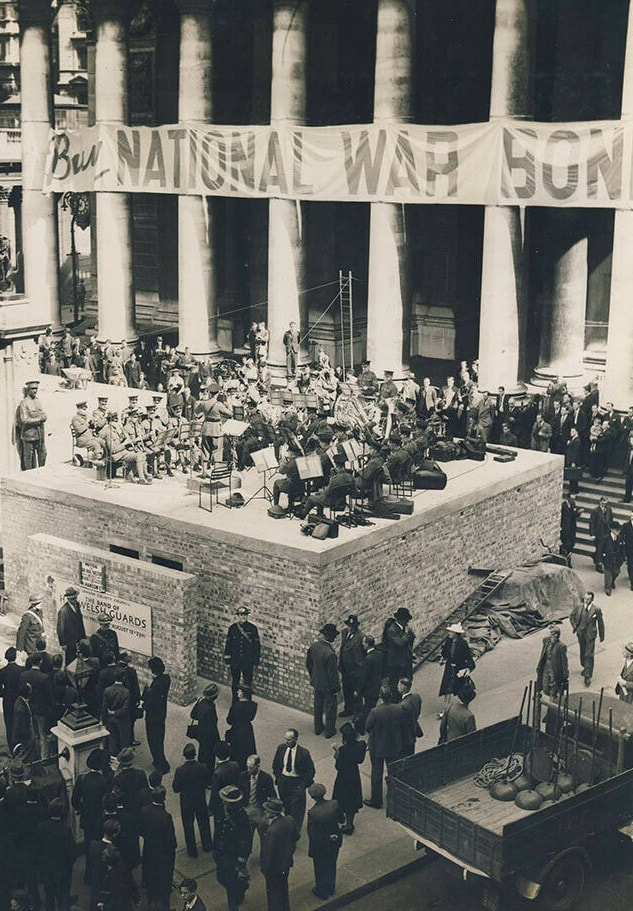
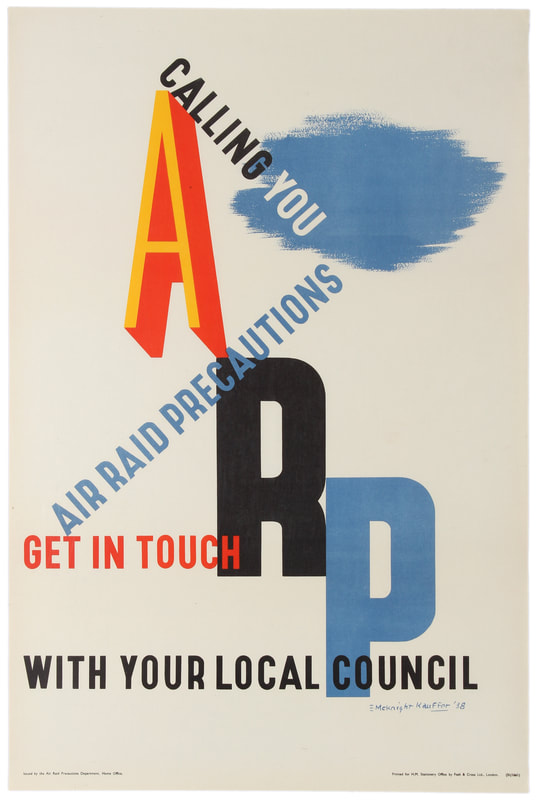
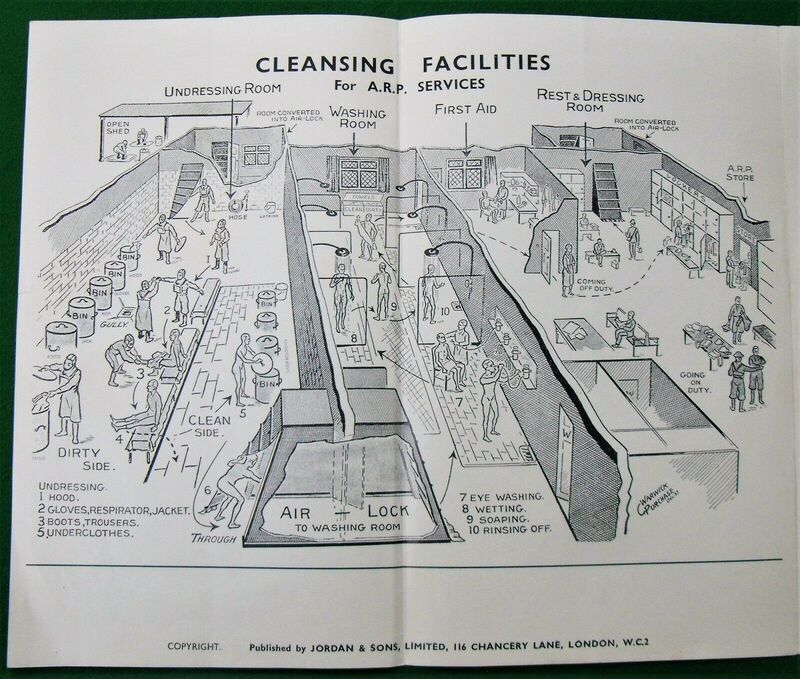
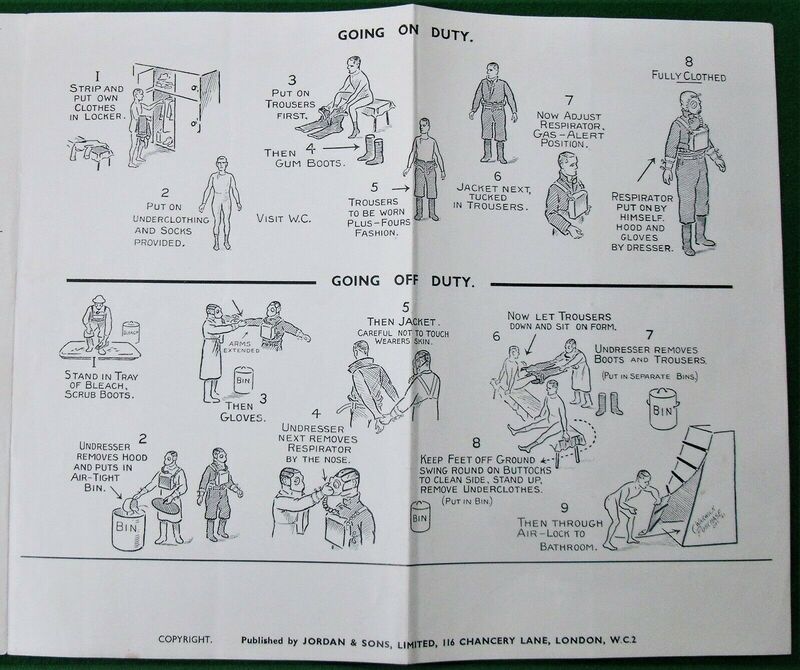

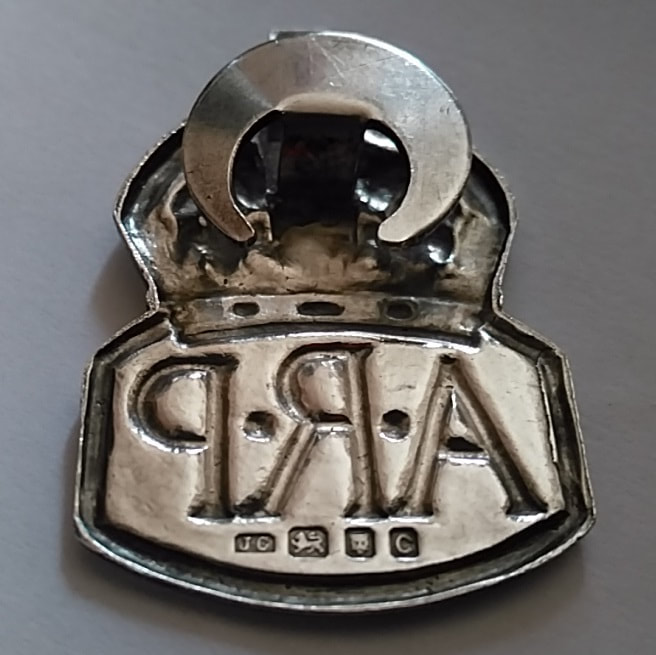
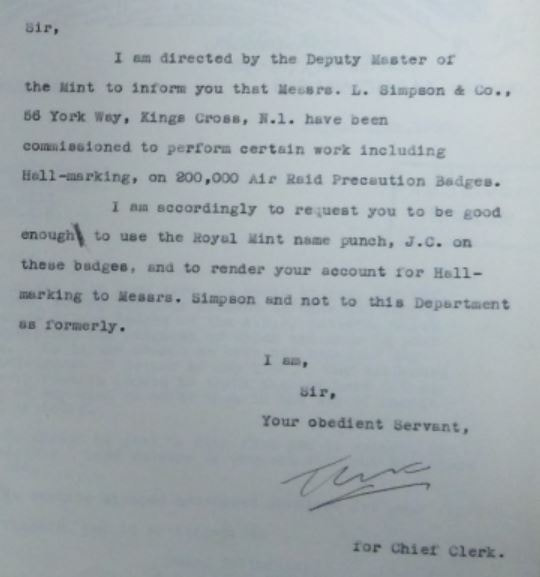
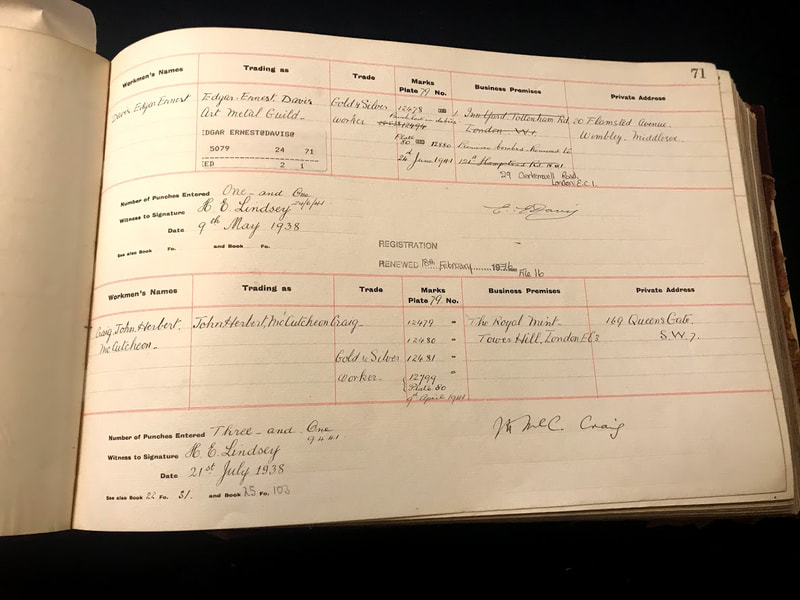
 RSS Feed
RSS Feed